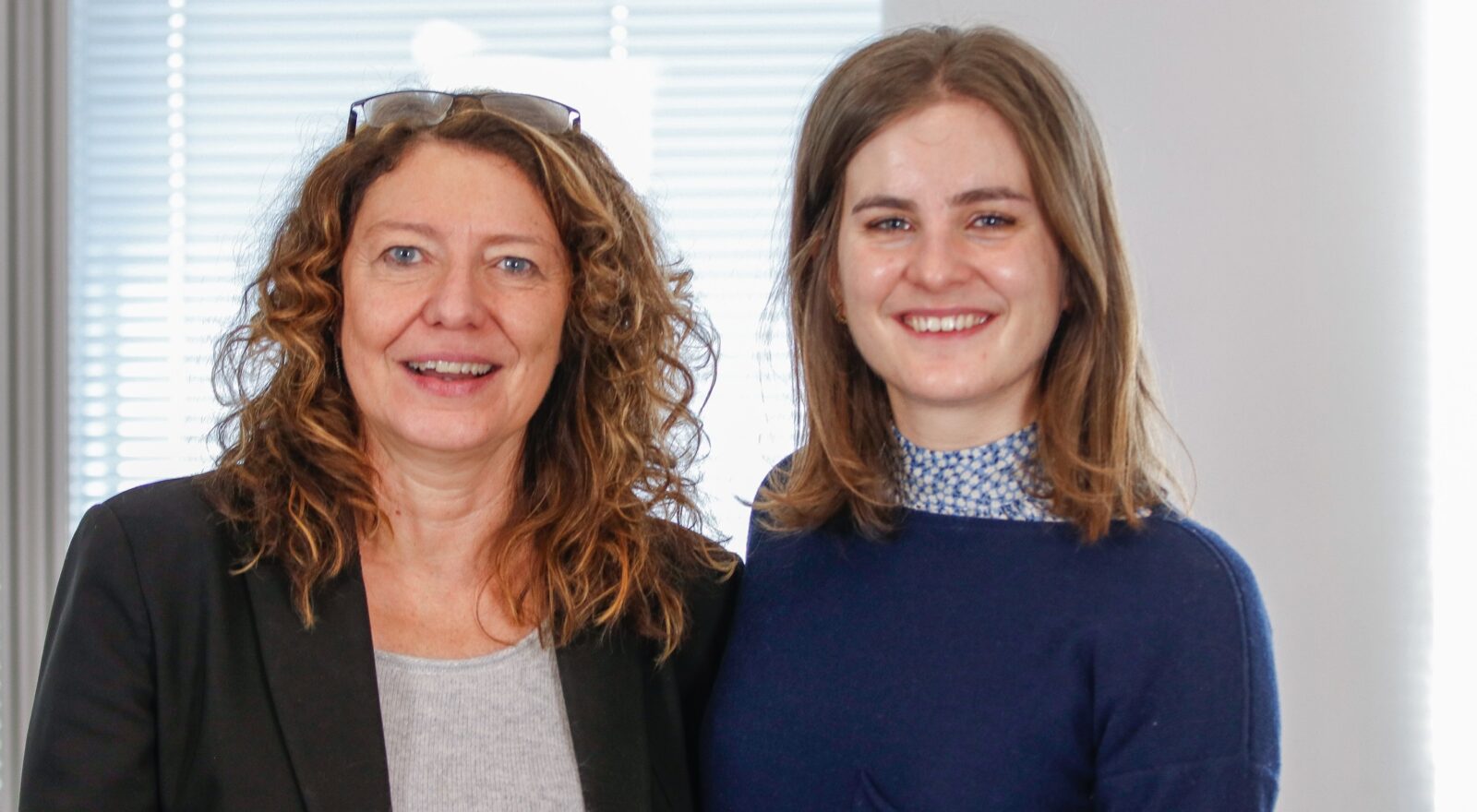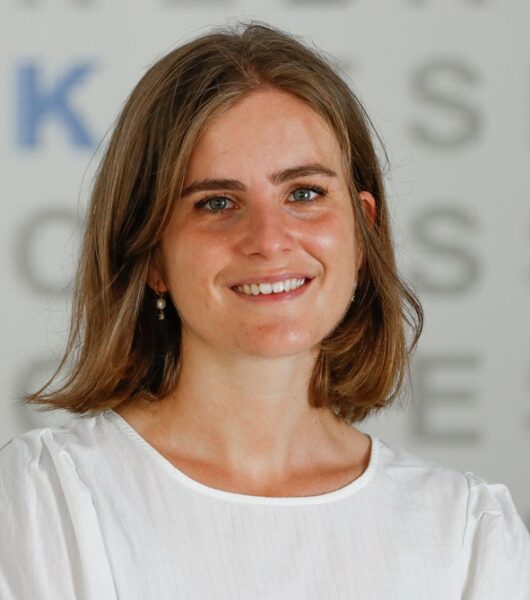
Women and Girls in Science: Michela Milano’s journey between mentoring, AI and inclusion
The experience of FBK's Center for Digital Society Director Michela Milano in a conversation with researcher Elena Donini
The International Day of Women and Girls in Science is celebrated worldwide onFebruary 11. In STEM subjects, female participation is still marked by a significant gender gap.
We chose to listen to and share the experience of Michela Milano, first female director of Fondazione Bruno Kessler’s Center for Digital Society. Talking with Elena Donini, researcher at the center and FBK Science Ambassador, she told us about her journey, the importance of female role models and the need to develop fair artificial intelligence models and algorithms.
Read the full interview in the video, followed by a written version summarizing the main passages.
What does the opportunity to celebrate Women in Science Day represent for you?
These days have a very important purpose: to show that in science there are many women who have made an extraordinary contribution at all levels and in all sectors, from physics to biology, from computer science to engineering and mathematics. We celebrate these figures, current and past, who are an incentive for new generations to embark on scientific careers. Our society is polarized and has inherent biases. Still too often, girls avoid scientific pathways because they do not feel inclined: several studies highlight the influence of cultural factors. One of the most important things about these days I really think is overcoming these cultural barriers to show that having women even in the scientific and research context brings a lot of growth.
Have you had mentors or female reference figures who have helped you along your path?
I have had all but only female reference figures. Few women were my professors during university, but my start in research was different: during my doctorate in Bologna I had two supervisors who really guided me and taught me everything I know, not only in terms of notions but also of advice, of perception of situations.
Now I try to do the same, following the young female researchers in my group. Currently I have several, all very smart and very motivated. I try to support them by also bringing my experience as a mother, to try to show them that it can be done, because for me too having had an example has been crucial. Having role models of people who are ahead of you in your career, who you admire and esteem, are important at any level.
What advice would you give to a young woman who would like to start working as a researcher?
I think you can only be a researcher if you have a vocation, because it is a special job. For me there is no more beautiful job in the world: you can have an impact and this makes you feel useful, but it is also very hard and it is up to you to find your own themes and ways, because each of us is different even in doing research. Researchers receive guidance, but they also have the freedom to find their vocation. My advice is to really try to light a flame, identify that thing for which you wake up in the morning happy to go to work, that’s what happens to me. If you find the topic that you are passionate about and in which you feel you can make a contribution, in my opinion the path is independent of gender. However, it is a job for which we must make many sacrifices especially in terms of time and this affects the family, culturally even more, on mothers.
When my son was little, he cried every time I left, for two days he didn’t eat and I left with a huge sense of guilt. I went to a psychologist, a brilliant woman who told me to explain to my son that I liked my job very much. That when I left, yes, I missed him, but that I was fine because I did something I liked to do. So I did a double service: on the one hand I reassured him in the moment, and on the other I was giving him a tool so that when he meets a woman in his life who wants to fulfill herself in her work it seems a perfectly normal thing.
What are the advantages of having a more inclusive and equitable gender environment?
They are different, both in terms of gender but also in terms of multiculturalism. I work in the field of artificial intelligence and we build models that should be as accurate as possible approximations of reality and society.
Having multidisciplinary, multicultural groups with different genders allows us to further enrich the points of view that allow us to build better models. I also believe that a mixed working environment is much more stimulating, richer in perspectives. The diversity in the field I deal with is absolutely a plus that can be seen both in the research results and in the quality of working life.
Artificial intelligence is entering our lives with outstretched legs: what gender problems are present on this horizon?
Artificial intelligence is becoming pervasive in all areas of our society, from offices to hospitals, from schools to household appliances. Especially when artificial intelligence shapes human behavior, interacts with human beings, and decides on human beings, it needs to be fair and aligned with our values and principles.
When using data to build classifiers or to train generative AI, we need to consider that all of this data is gender polarized. If you try to search the web for chief executive officer figures, in English so that you don’t have to differentiate the gender, white, middle-aged and elegant male figures will appear. If instead you try to look for secretary, women in miniskirts will appear. These stereotypes enter the models that we train if we use polarized data. We have to have a system-wide approach to this: we are working at the Digis center on these issues to build models and algorithms that are fair despite the data. The idea is to try to build systems that are better than us and that decide more fairly.
Do you have a plan to promote an inclusive environment at FBK and DIGIS?
In my small way, I will try to help researchers find an inclusive and welcoming environment here, and to meet people and their needs. For male researchers as well, of course, but with my example as the first female director I would like to help female researchers also in the psychological aspects of this profession.
Achieving gender equality is not easy: we must act from the training stages, because we cannot achieve a gender balance in the workplace if, for example, only 17% of computer engineering graduates in Italy are women. It is essential to reduce the gender gap in STEM subjects, acting both in the education and in the work phases. I hope that my role in this area can be an example and an incentive for other women.





